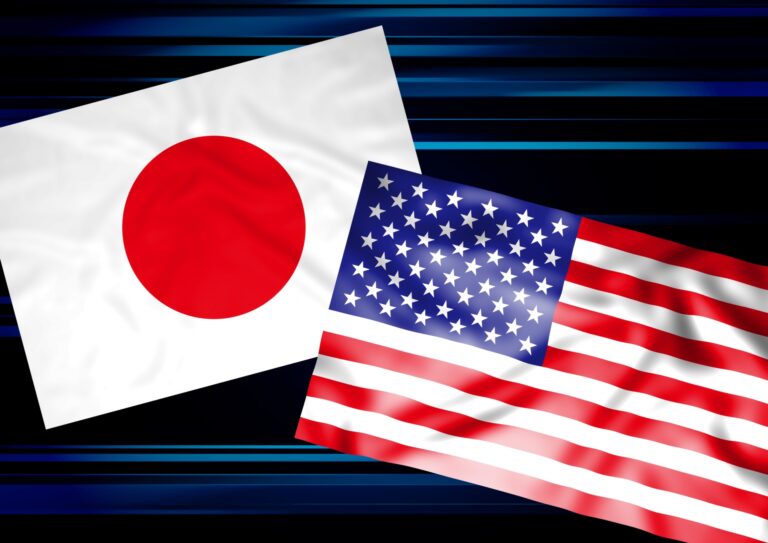Tariff always impact on global business and bring geopolitical constrain. However, how exactly does it impact on each countries, each import/export companies and end-users? When tariffs increase, the burden can fall on three main parties, depending on various factors such as market structure, price elasticity, and supply chain dynamics. Also how tariff has impact on key industries, such as automotive, pharmaceutical, semiconductor. Here is the summary.
Main impact on three parties
Importers / Domestic Businesses
Direct burden: Importers often pay the tariff upfront. They may absorb the cost if they can’t pass it on to customers, reducing their profit margins. This is more likely when competition is high or consumers are price-sensitive.
Consumers
Indirect burden: If businesses pass the cost to consumers via higher prices.
- Happens often with inelastic demand products (e.g. medical goods).
- Consumers ultimately pay more for the same product.
Foreign Exporters / Manufacturers
- Sometimes foreign sellers reduce their prices to maintain competitiveness, absorbing part of the tariff cost.
- This happens when they face strong competition or need to retain market share in the importing country.
Example: U.S. tariffs on Chinese electronics
- → U.S. importers pay tariff
- → They pass cost to consumers via higher prices
- → Some Chinese exporters reduce prices to stay competitive
- → All three share the burden, but proportions vary.
Tariff impact on industries.
How tariff burdens are typically distributed in the automotive, pharmaceutical, and semiconductor industries, based on market structure, pricing power, and global value chains? Here is summary list for these industry.
Automotive Industry
Here is the summary of tariff impact on Automotive industry. Reality coud be different depending on business condition. However, in most case, high tariff has impact on customers (end-users). If your county export to US, the car price in US could be higher if the tariff increase.
| Factor | Tariff Burden Likely Falls On | Reason |
| Consumers | ✅ High | Vehicles are high-ticket items. Even small tariff increases lead to noticeable price hikes. If demand is strong and inelastic (e.g., premium brands), automakers pass costs to consumers. |
| Importers / Auto companies | ✅Medium | If price competition is high (e.g., compact cars), they may absorb part of the cost to stay competitive. |
| Foreign Exporters (e.g., suppliers in Germany, Japan) | ❌ Low | Automakers have high pricing power. Suppliers rarely lower prices unless locked into long-term contracts. |
Example:
U.S. tariffs on EU cars → BMW raises prices in the U.S. → Burden shifts to consumers and local dealerships.
Pharmaceutical Industry
Here is the summary of tariff impact on pharmaceutical industry. Reality coud be different depending on business condition. However, in most case, high tariff has impact on patients (end-users). If you export to US, the drug price in US could be higher if the tariff increase.
| Factor | Tariff Burden Likely Falls On | Reason |
| Consumers / Patients | ✅ High | Many drugs have inelastic demand (life-saving or critical). Price increases often passed directly to buyers or insurance. |
| Importers / Distributors | ✅ Medium | They might absorb part of the cost in generic drugs, especially in price-sensitive markets. |
| Foreign Manufacturers | ❌ Low | Pharma producers often maintain list prices due to R&D cost recovery and regulatory pricing structures. |
Example:
Tariffs on imported biologics or APIs → Distributors or health systems pay more → Patients may face higher co-pays or access delays.
Semiconductor Industry
Apart from automotive and pharmaceutical industry, semiconductor business is consist of complex process and partnership. The final prducts are provided in a wide range of industry. All relevant parties are influenced by tariff.
| Factor | Tariff Burden Likely Falls On | Reason |
| Device manufacturers (e.g., Apple, Dell) | ✅ High | These companies source chips globally. If tariffs apply, they absorb some costs or redesign supply chains. |
| Consumers | ✅ Medium | If costs rise enough, final product prices (phones, PCs) go up. But price sensitivity tempers this. |
| Chipmakers / Foundries | ✅ Medium | Competitive and oversupplied segments (like memory chips) may force manufacturers to absorb some tariffs. |
Example:
U.S. tariffs on Chinese chips → Smartphone brands shift sourcing or raise prices slightly → Shared burden between companies and consumers.
Summary Table
| Industry | Consumers | Importers / Distributors | Foreign Exporters |
| Automotive | ✅ High | ✅ Medium | ❌ Low |
| Pharmaceutical | ✅ High | ✅ Medium | ❌ Low |
| Semiconductors | ✅ Medium | ✅ High | ✅ Medium |
Regional comparisons across the three industries
Regional comparisons for tariff burden distribution across the three industries is belwo
1. Automotive
- Consumers bear the highest burden in the U.S. and EU.
- Japan shows slightly more burden shifting to foreign exporters, reflecting domestic protection and strong export dependence.
2. Pharmaceutical
- Consumers face a high burden in the U.S. (due to less regulated pricing).
- In the EU and Japan, the burden shifts more to importers/distributors, as governments negotiate or cap drug prices.
3. Semiconductors
- Importers (e.g., device makers) bear much of the cost in the U.S..
- In Japan and EU, the burden is more evenly spread between importers and exporters due to complex global supply chains.
Summary
This is introduction of how tariff has impact on each party. Especially, we focused on three industries, Automotive, Pharmaceutical and Semiconductor. As you can be seen, tariff has impact on a wide range of business. Next, we’ll see more concretely how tariff imposed by US has impact on both importer and exporter in US, Europe and Japan.



Comment